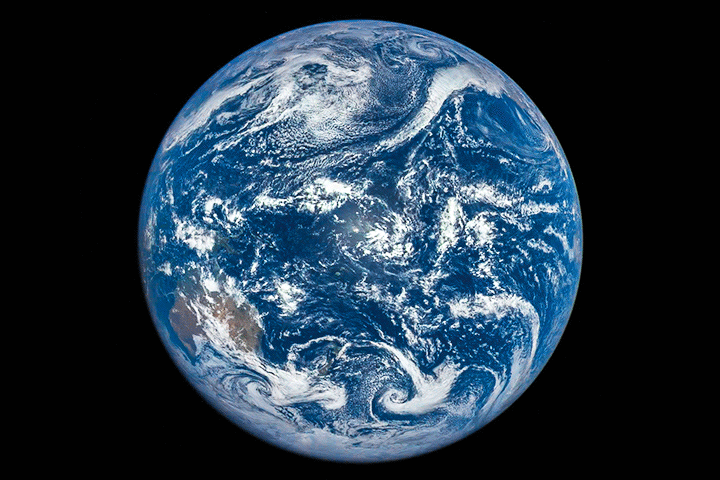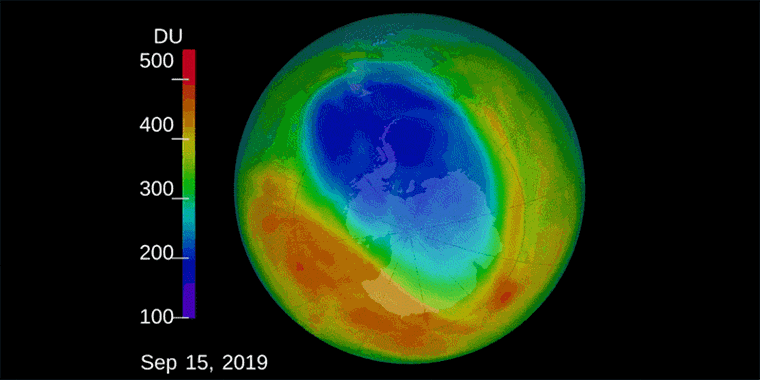The Earth's Atmosphere
By:Kelechi Akujobi
Did you know that the earth had layers? The Troposphere, The Stratosphere, The Mesosphere,
The Ionosphere, The Thermosphere, and the Exosphere
This website was made for kids any aged so they could learn a few things
about the atmosphere and how we need it to survive on Earth.









Five Layers
Troposphere
Stratosphere
Mesosphere
Thermosphere
Exosphere
#1
#2
#3
#4
#5
10km high
30km high
80km high
700km high
190 000km high
Click on this link- Five layers
Click on this link- Ionosphere
Click on this link- Ozone Layer
Click on this link- Magnetosphere
Click on this link- Karman Line
Click on this link- Core
- T roposphere:
- planes, land, hot or cold weather, 1-10km into the sky
- Stratosphere:
- 20% of the worlds gas, ozone layer, normal weather, jets, 12-30km into the sky
- Mesosphere:
- meteours burn up, rockets go through and it's very cold, 30-80km into the sky
- Thermosphere:
- very, very, very hot, 80-700km into the sky
- Exosphere:
- sometimes hot sometimes cold, 700-190 000km into the sky
- Ozone
Layer:
- oxygen gas is essential for the creation of ozone gas, and it absorbs ultraviolet light,
preventing that light from the sun reaching the earth's surface, 15 to 35km into the sky - Karman
Line:
- It's an attempt to define a boundary between Earth's atmosphere and outer
space, 100km into the sky
- Exobase:
- the uppermost region of Earth's atmosphere as it gradually fades into
the vacuumof space, 500 to 10 000km into the sky - Ionoshere:
- It plays an important part in atmospheric electricity and forms the inner edge of
magnetosphere, 50km into the sky
- Magnetosphere:
- The magnetosphere shields our home planet from solar and cosmic particle
radiation
- Mantle:
- The mantle is about 2,900 kilometers (1,802 miles) thick, and makes up a 84%
of Earth's total volume
- Lithosphere
- The lithosphere is the solid, outer part of the Earth. The lithosphere includes the brittle
upper portion of the mantle and the crust, the outermost layers of Earth's structure - Upper
Mantle
- The upper mantle can be divided into the thin layer that, together with
the crust, is called the lithosphere - Lower
Mantle
- The lower mantle is the liquid inner layer of the earth from 400 to 1,800 miles below the surface
- Core
- Earth's core is the very hot, very dense center of our planet. The ball-shaped
core lies beneath the cool, brittle crust and the mostly-solid mantle - Outer
Core
- The outer core is the third layer of the Earth. It is the only liquid layer, and
is mainly made up of the metals iron and nickel, as well as small amounts of other
substances. The outer core is responsible for Earth's magnetic field - Inner
Core
- The inner core is a hot, dense ball of (mostly) iron. It has a radius of about 1,220 kilometers (758 miles).
Temperature in the inner core is about 5,200° Celsius (9,392° Fahrenheit)
Did you know that the earth had layers? The Troposphere, The Stratosphere, The Mesosphere,
The Ionosphere, The Thermosphere, and the Exosphere
The Ionosphere, The Thermosphere, and the Exosphere
This website was made for kids any aged so they could learn a few things
about the atmosphere and how we need it to survive on Earth.
about the atmosphere and how we need it to survive on Earth.
- T roposphere:
- planes, land, hot or cold weather, 1-10km into the sky
- Stratosphere:
- 20% of the worlds gas, ozone layer, normal weather, jets, 12-30km into the sky
- Mesosphere:
- meteours burn up, rockets go through and it's very cold, 30-80km into the sky
- Thermosphere:
- very, very, very hot, 80-700km into the sky
- Exosphere:
- sometimes hot sometimes cold, 700-190 000km into the sky
- Ozone Layer:
- oxygen gas is essential for the creation of ozone gas, and it absorbs ultraviolet light,
preventing that light from the sun reaching the earth's surface, 15 to 35km into the sky- Karman Line:
- It's an attempt to define a boundary between Earth's atmosphere and outer space, 100km into the sky
- Exobase:
- the uppermost region of Earth's atmosphere as it gradually fades into
the vacuumof space, 500 to 10 000km into the sky- Ionoshere:
- It plays an important part in atmospheric electricity and forms the inner edge of magnetosphere, 50km into the sky
- Magnetosphere:
- The magnetosphere shields our home planet from solar and cosmic particle radiation
- Mantle:
- The mantle is about 2,900 kilometers (1,802 miles) thick, and makes up a 84% of Earth's total volume
- Lithosphere
- The lithosphere is the solid, outer part of the Earth. The lithosphere includes the brittle
upper portion of the mantle and the crust, the outermost layers of Earth's structure- Upper Mantle
- The upper mantle can be divided into the thin layer that, together with
the crust, is called the lithosphere- Lower Mantle
- The lower mantle is the liquid inner layer of the earth from 400 to 1,800 miles below the surface
- Core
- Earth's core is the very hot, very dense center of our planet. The ball-shaped
core lies beneath the cool, brittle crust and the mostly-solid mantle- Outer Core
- The outer core is the third layer of the Earth. It is the only liquid layer, and
is mainly made up of the metals iron and nickel, as well as small amounts of other
substances. The outer core is responsible for Earth's magnetic field- Inner Core
- The inner core is a hot, dense ball of (mostly) iron. It has a radius of about 1,220 kilometers (758 miles).
Temperature in the inner core is about 5,200° Celsius (9,392° Fahrenheit)









| Troposphere | Stratosphere | Mesosphere | Thermosphere | Exosphere |
| #1 | #2 | #3 | #4 | #5 |
| 10km high | 30km high | 80km high | 700km high | 190 000km high |